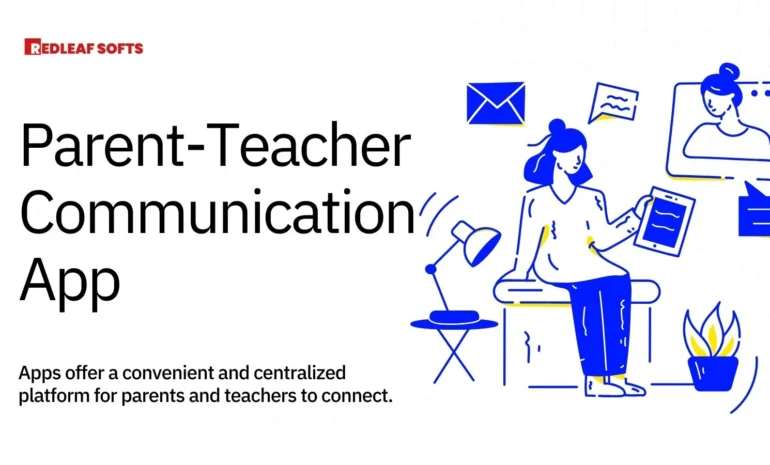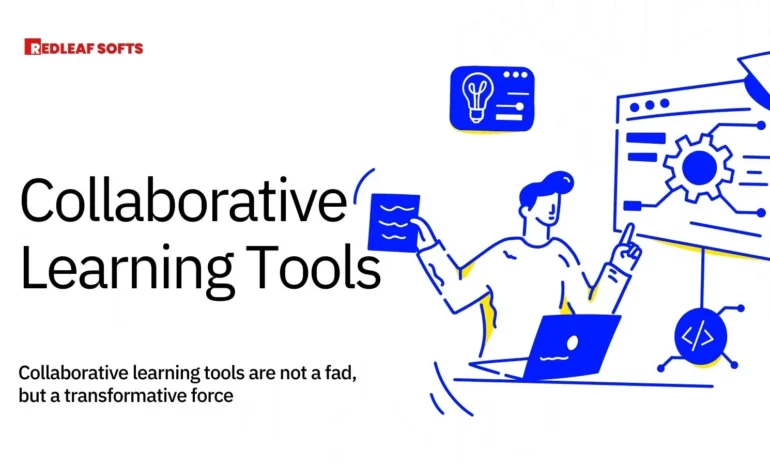The traditional classroom dynamic, with a teacher at the helm dispensing knowledge to passive students, is rapidly evolving. In today’s digital age, collaborative learning tools are emerging as powerful catalysts for student engagement and deeper understanding. These tools not only facilitate interaction and communication between students, but also empower them to take an active role in shaping their own learning experiences.
This blog delves into the world of collaborative learning tools, exploring their benefits, functionalities, and best practices for implementation. We’ll showcase how these tools can transform classrooms, fostering a more dynamic and engaging learning environment for students of all ages.
The Power of Collaboration: Why It Matters in Education
Learning is rarely a solitary pursuit. Collaborative learning capitalizes on the power of social interaction, encouraging students to share ideas, build upon each other’s knowledge, and develop critical communication skills. Here’s how collaborative learning tools empower this process:
Active Participation:
These tools move students beyond passive listening, encouraging them to discuss, debate, and explain concepts to their peers. This active engagement deepens understanding and strengthens memory retention.
Diverse Perspectives:
Collaboration fosters exposure to a variety of viewpoints and approaches. By working together, students learn to appreciate different perspectives and refine their own thinking through constructive dialogue.
Problem-Solving Skills:
Collaborative tasks often involve tackling challenges together. These tools provide platforms for brainstorming solutions, encouraging students to develop critical thinking and problem-solving skills.
Communication and Teamwork:
Working effectively within a team requires clear communication and collaboration. These tools promote the development of communication skills, negotiation strategies, and the ability to work towards a common goal.
A Toolbox for Transformation: Exploring Different Collaborative Learning Tools
The landscape of collaborative learning tools is vast and ever-evolving. Let’s explore some popular categories, highlighting their unique functionalities:
Real-Time Collaboration Tools:
Platforms like Google Docs and Padlet enable students to work on documents, presentations, or mind maps simultaneously. This fosters real-time brainstorming, joint editing, and instant feedback exchange.
Discussion and Communication Tools:
Platforms like Slack or Discord create virtual spaces for students to discuss topics, ask questions, and share resources outside of class time. This asynchronous communication fosters continuous learning and peer-to-peer support.
Project Management Tools:
Tools like Trello or Asana help students organize projects, assign tasks, track progress, and hold each other accountable. This promotes teamwork, time management skills, and project ownership.
Digital Whiteboards and Collaborative Mind Mapping:
Tools like Miro or Mural provide virtual whiteboards where students can brainstorm ideas, visually represent concepts, and work together on mind maps in real-time. This fosters creative thinking and collaborative problem-solving.
Evaluation:
Once training is complete, you need to evaluate your model’s performance on unseen data. This helps assess how well the model generalizes to new information, ensuring it’s not simply memorizing the training data.
Beyond the Tools: Best Practices for Implementing Collaborative Learning
While the tools themselves play a crucial role, successful implementation hinges on a well-defined strategy. Here are some best practices to consider:
Clearly Defined Learning Objectives: Ensure collaborative activities are aligned with specific learning goals. What skills or knowledge do you want students to acquire through collaboration?
Structured Group Formation: Consider factors like learning styles, personalities, and skillsets when forming collaborative groups.
Roles and Responsibilities: Assign roles within groups to ensure each member feels responsible for contributing. This fosters ownership and accountability.
Scaffolding and Support: Provide guidance and support to students, especially when using new tools. Offer clear instructions and rubrics for successful collaboration.
Assessment and Reflection: Evaluate not just the final product of collaboration, but also the process itself. Encourage students to reflect on their communication, teamwork skills, and individual contributions.
Conclusion:
Collaborative learning tools are not a fad, but a transformative force shaping the future of education. By promoting active participation, diverse perspectives, and essential 21st-century skills, these tools empower students to become active learners and future-ready individuals.
Ready to unlock the potential of collaborative learning in your classroom? RedLeaf Softs is a leading developer of custom mobile and web applications, specializing in educational technology solutions. We can help you design and implement collaborative learning tools tailored to your specific needs and curriculum. Contact us today to explore how RedLeaf Softs can empower your students to learn together, achieve more, and thrive in the digital age.


